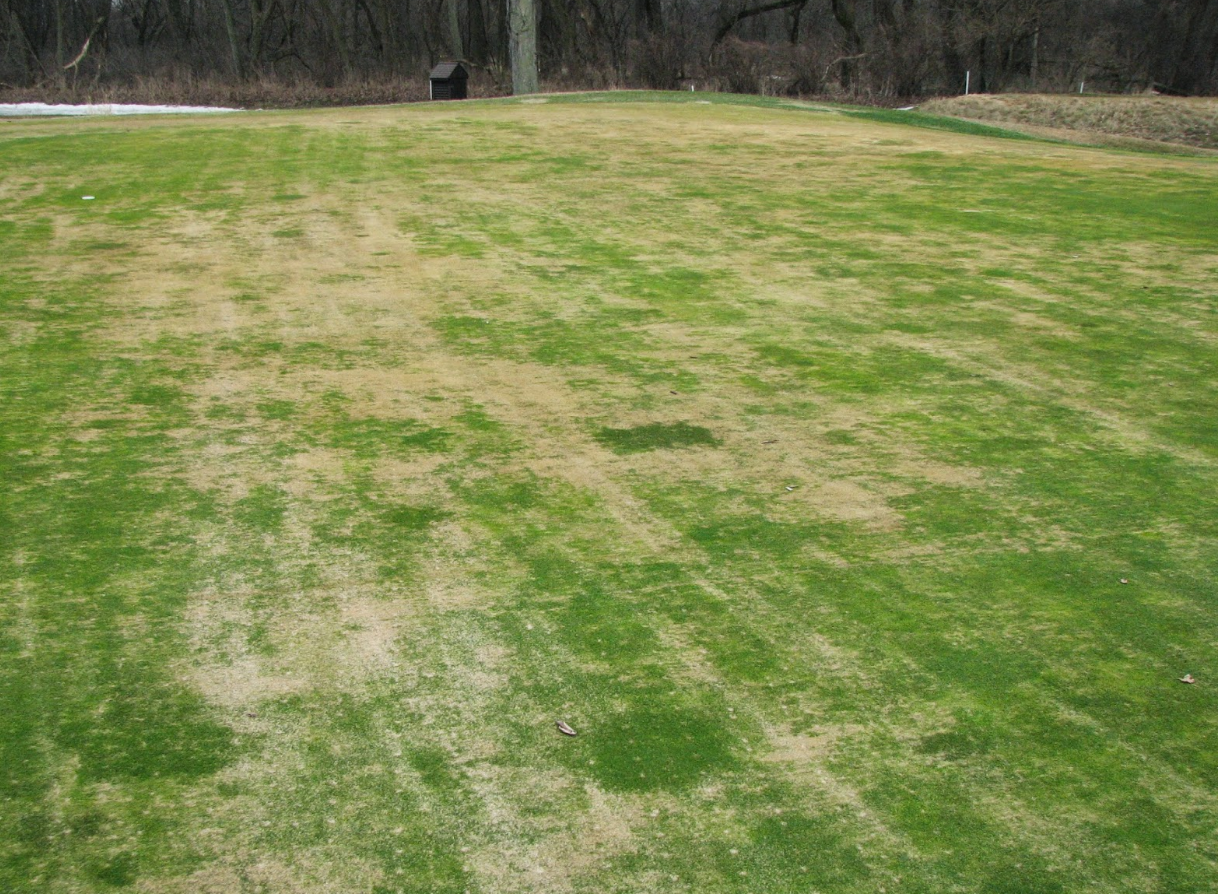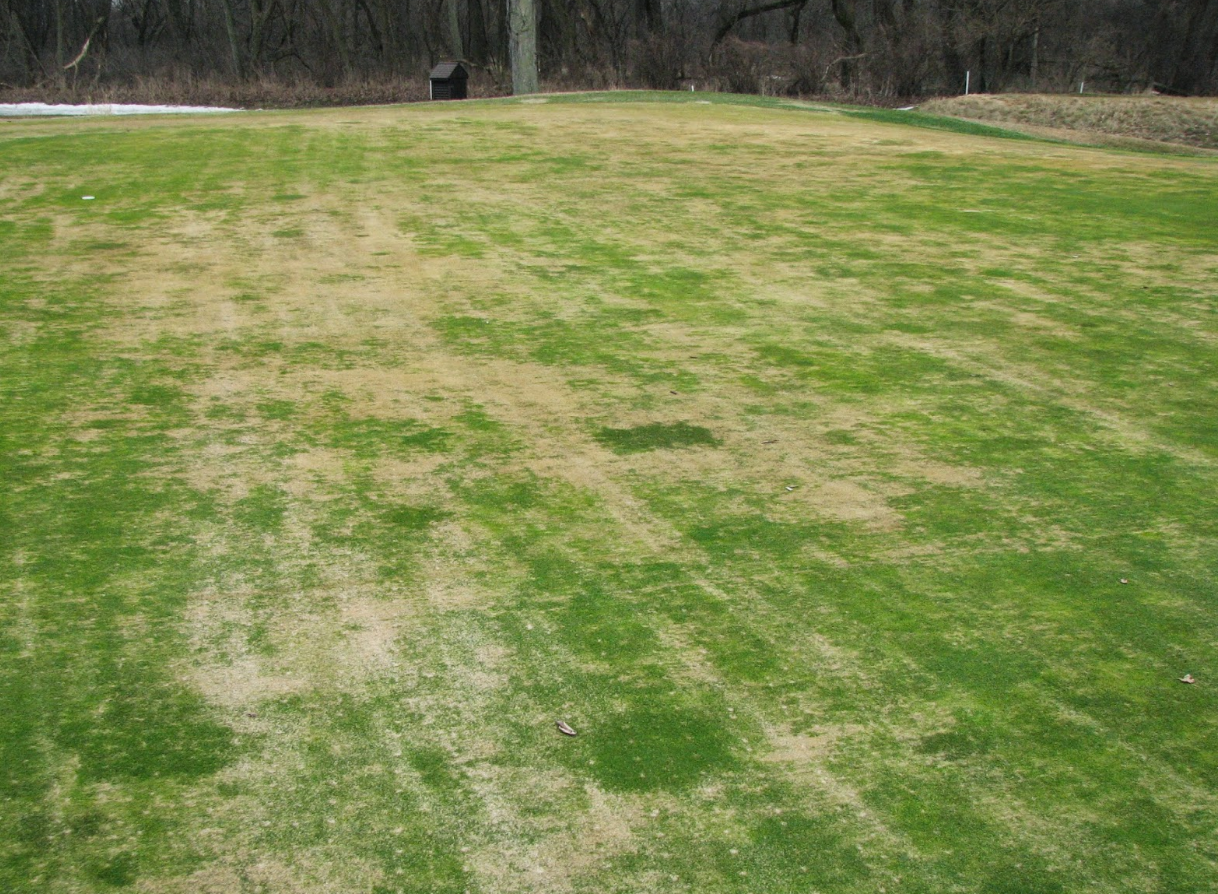
Is it just me, or does this winter feel like it's never-ending? From major snow storms out east to freezing rains and everything in-between, winter 2020 has seemingly thrown everything it can at us and then some. But wait... there's more, and it's commonly known as crown hydration! We're not out of the woods just yet.
Crown hydration occurs during the late winter months when warmer daytime temperatures cause the snow to melt followed by rapid freezing temperatures. The worst affected areas are in the low lying, poorly drained soils that are prone to standing water. Under these conditions, the turfgrass crown begins to absorb water and become saturated, causing extreme temperature fluctuations. These fluctuations then cause thawing and rapid refreezing, creating ice crystals in the turfgrass plant cells that ultimately rupture and cause plant death.
Predicting when and how extreme damage could be from crown hydration is very difficult when considering temperature extremes and other environmental conditions. There is no exact science that can determine the exact *perfect* circumstances for crown hydration. Eliminating standing water by improving soil drainage is one of the best methods to help prevent crown hydration. Proper fall fertilizing, can also help prepare and improve the turfgrass plants hardiness for the winter months that will reduce the susceptibility to damage as well.

Damage caused by crown hydration can vary from extreme turf death to minor damage where the turf can recover on its own. as mentioned above, poorly drained soils, and low lying areas are commonly the worst affected that will require the most repair to fix. A combination of cultural practices such as core aeration, overseeding, slitseeding and topdressing will help with re-establishing the damaged turf. If drainage or poor soil conditions exist, it is recommend to address these problems to help prevent possible damage from occurring in the future.
Follow us on Facebook for more winter lawn care tips & tricks.







